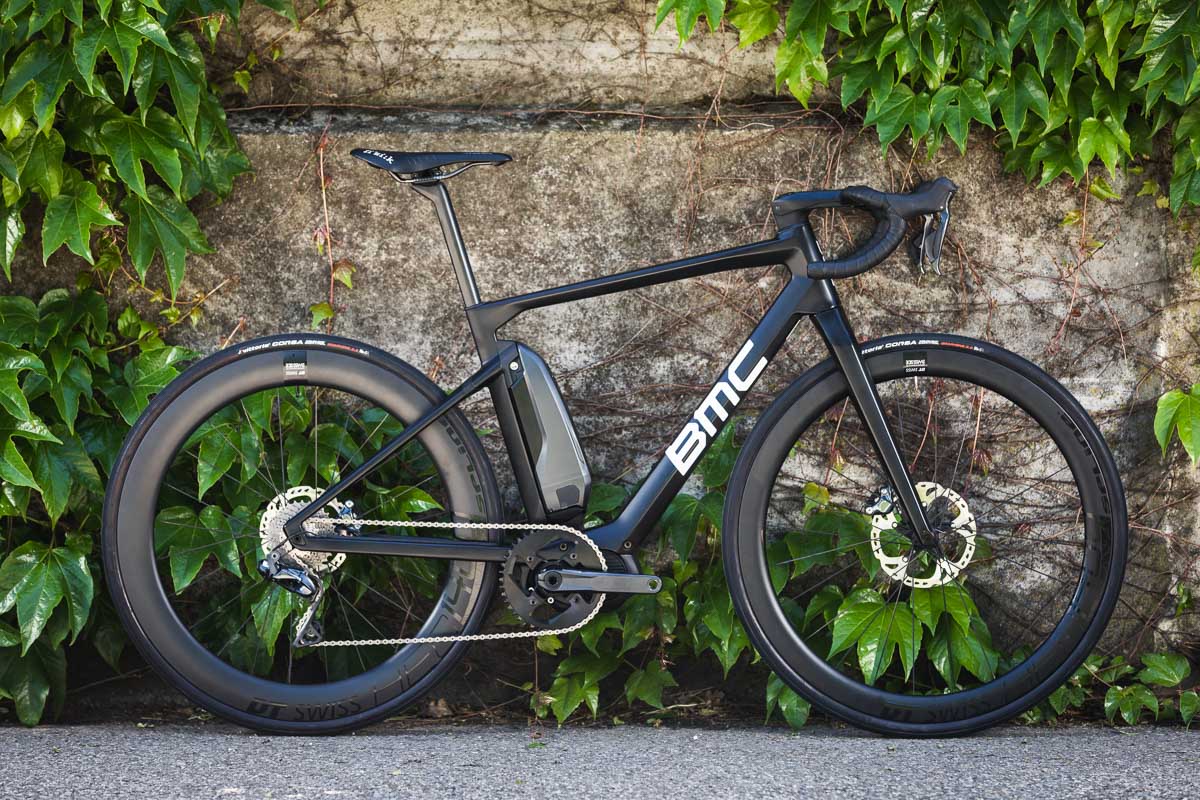What makes the 8000 motor so efficient ? Is it b/c it delivers less NM , can do a longer range ?
Shimano is more efficient all the way up and down its product line. I can't think of a single competitor that get more mileage per Wh out of a motor of similar torque installed on a similarly-equipped bike.
Why does Shimano have such a range advantage? Shimano's motors are more efficient in design, I suspect. In the same way an LED lightbulb can produce a lot more light per watt than an incandescent lightbulb.
Shimano STePS 6000 was rated for 60 kilometres of range at 50 Nm of torque on a 418 Wh battery. Its replacement, STePS 6100, is rated for 75 KM at 60 Nm of torque on that same battery. That's 25% more range at 20% more torque. Either that range or that torque improvement would be impressive, but getting *both* at the same time is crazy impressive IMO. That's on the same bike, with the same 418 Wh battery. Shimano just improved the efficiency of their design. And they did that despite already have a range advantage over the competition with their older motor.
Shimano seems to have consistently made range a priority. The 40 Nm Bosch Active Line motor is rated for about 27 Km of range on high (400 Wh battery), whereas the 40 Nm Shimano STePS 5000 is rated for 75 Km of range on high (418 Wh battery). I can only presume that Bosch either didn't put as much effort into improving range, or simply was less successful than Shimano, as the Bosch motor is not lighter weight, and doesn't appear to be less expensive, or have anything I can easily point to that justifies the range differential. The Shimano motor is a little newer, so perhaps Bosch is working on something newer themselves that will improve range. If so, they're taking their sweet time to get it to market. The improvements to Bosch's product line for 2020 seemed focused on the high end, and seemed focused on weight and size reductions, but I haven't read anything about significant range improvements with the new motors yet.
Bosch has huge marketshare, and started out in Europe where communities are pretty compact and e-bike trips are probably shorter. Shimano has small marketshare and is trying to grow it, and perhaps they've identified range as a differentiator so they're working that angle. It is for my customers, so it's mission accomplished if so. At least here in North America, long range is highly desirable for a great many customers. I would argue that long range should be highly desirable for all educated customers, even if all they do is short trips. A long range motor lets you spec a smaller/lighter/cheaper battery, and it reduces the number of battery charges required (smaller batteries being replaced less often = potentially huge long-term cost savings). I've owned Bosch and Brose-equipped bikes up until now not because I prefer their electric systems, but because I have wanted class 3 bikes and Shimano doesn't do that. I'm fine with class 1 for my next e-bike purchase, and I want super long range on a charge for this one, making it a no brainer for me that this new bike will have a Shimano motor based on the products currently in the marketplace.
I regularly do short e-bike trips, but sometimes I'll do trips that are hundreds of kilometres in length. For short trips, a long range motor means more convenience and less wear and tear on the battery. For long trips, a long range motor means taking fewer batteries with me and/or stopping to recharge less. There's no scenario where a long range motor isn't desirable. Right now, Shimano absolutely owns this side of the market. The competition's solution seems to be to keep making larger/heaving/more expensive batteries (
Specialized is up to a single 750 Wh battery, Bosch is up to dual 625 Wh batteries, etc.). Shimano's getting more range out of their 418 Wh batteries than Bosch is getting out of a 500 Wh battery, so I like Shimano's approach far better. I also like the replacement costs of Shimano batteries being between $650-$890 CAD, vs. Bosch batteries being between $885-$1357 CAD! Speaking as a bike shop owner, everything about range and batteries favours Shimano, at least in the Canadian market.
Don't get me wrong, I recognize that Bosch, Brose, and Yamaha also offer great products. How can I deny it when I'm currently riding bikes exclusively from Shimano's competition? But their advantages are not in range and battery cost, at least not vs. Shimano.

